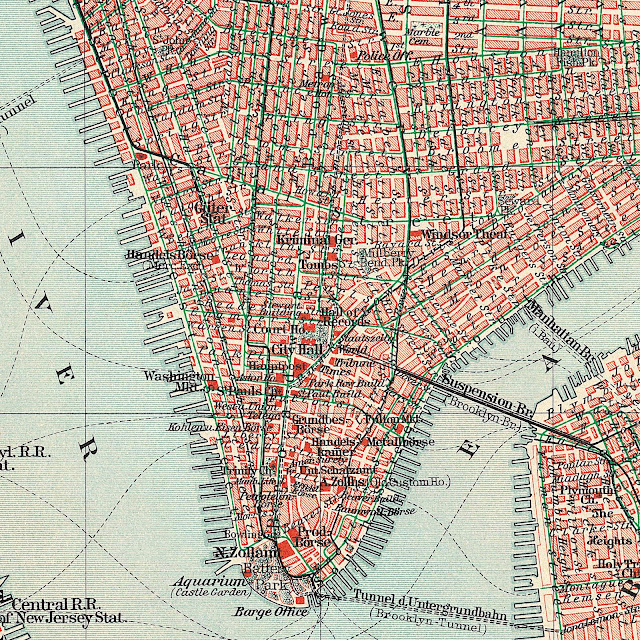I discovered a place that resembled some of the cheap and cheerful fancies that can be enjoyed at many seaside resorts globally. Once a romantic escape from Seoul for courting couples, the Island of Wolmi has become a promenade for mass entertainment at a hysterical pace.
I found the experience overwhelming after a couple of hours. Intense screaming and fishy food odors filled the air, which was enough to turn even my strong stomach. It was a gray Saturday afternoon and people ventured here en masse. Sandwiched between the huge seaports and industry of Incheon, it was a surprising break in the harrowing landscape of infrastructures of imports and exports. It seemed Coney Island had arrived on a ship.
I presented some photos of this experience and some key questions arose, which interestingly surrounded the cultural differences between my views and that of people who enjoy this orgy. Why do people enjoy this so much? Does everyone in Seoul love this type of excursion? Why do I find this juxtaposition on the waterfront somewhat uncomfortable? The views of the Sea were stunning and on a gray day it could've have been Bognor. The activity was frenzied and led to thoughts on how this was a seasonal place. It must suffer from some of the same issues as British resorts with the need to shut up shop for winter months.
Its relationship to the water front reminded me of the typical British need to have a convoluted journey to the water accompanied with an alcoholic drink and some diverting entertainments along the way. There is a pursuit of pleasure in such a place but not in a romantic manner. The artificial landscape of distractions mirrors that of the consumer’s need in shopping malls for material objects. It is surreal and as Travis Elborough describes in such situations 'theres a giddying sense that the time-honored distinctions between the sea and the land have come unstuck some how'.






















